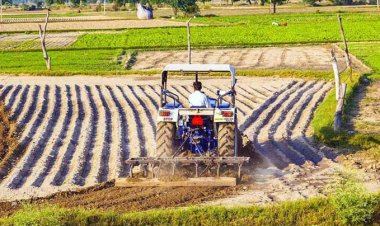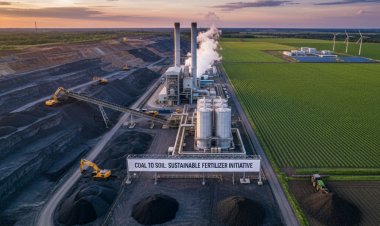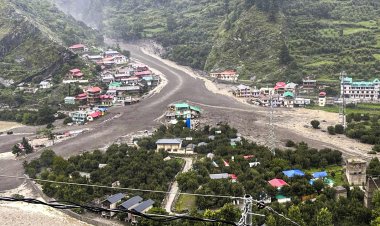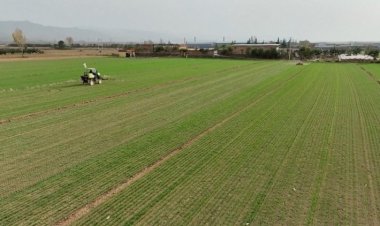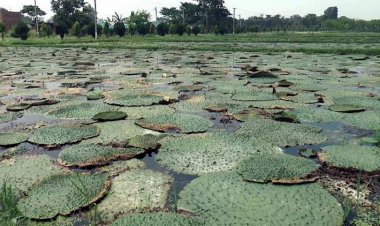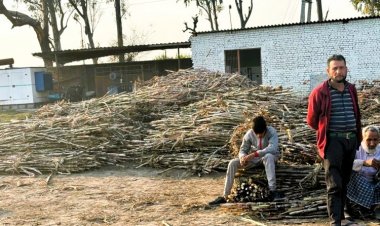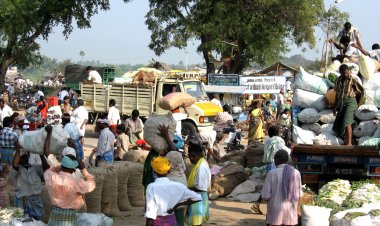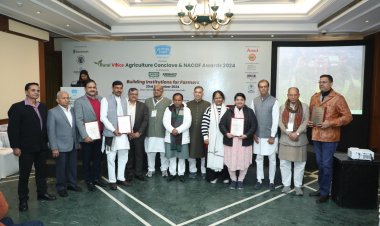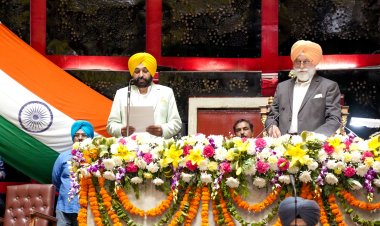Agrarian Distress Overshadowed by Inflation, Unemployment, Temple and OBC Reservations in LS Polls
Despite agriculture's share in GVA increasing to 18 percent and employing 45 percent of the country's workforce, it lagged behind other sectors in terms of growth. Nevertheless, the agricultural crisis did not emerge as a significant issue in the elections.

On the eve of the final phase of voting in the 2024 Lok Sabha elections, the Central Statistics Office (CSO) released the provisional GDP figures for 2023-24, revealing that the agriculture and allied sector grew at a mere 1.4 percent, compared to the overall economic GVA growth rate of 7.2 percent. Despite agriculture's share in GVA increasing to 18 percent and employing 45 percent of the country's workforce, it lagged behind other sectors in terms of growth. Nevertheless, the agricultural crisis did not emerge as a significant issue in the elections.
The BJP's election campaign focused on Modi's guarantees, temple issues, reservations, and corruption, while the opposition under the INDIA umbrella, highlighted unemployment, inflation, reservations, constitutional amendments, and poverty. However, the agricultural crisis was not a central issue for either party. The BJP sought farmers' votes by emphasizing Modi's guarantees, including the continuation of the Prime Minister Kisan Samman Nidhi, without making significant promises for the agriculture sector.
The Congress, on the other hand, promised to provide a legal guarantee for the Minimum Support Price (MSP) under the Kisan Nyay scheme, to base MSP calculations on the MS Swaminathan formula, and to waive farmers' loans.
Although the three agricultural laws were withdrawn and farmer organisations ended their agitation, they continued to demand a legal guarantee for MSP. The United Kisan Morcha organised a rally in Delhi before the elections to highlight this demand. The United Kisan Morcha (Apolitical) also continued its protest at the Shambhu border of Punjab and Haryana, with MSP as a key issue.
Farmer organisations' attitudes towards the elections varied. In Uttar Pradesh, the state with the most Lok Sabha seats, farmer organisations did not openly oppose the ruling BJP and left voting decisions to their members. However, in Haryana and Punjab, farmer opposition hindered BJP candidates' rural campaigns, and in some places, they were unable to campaign at all. Farmer organisations in these states urged voters to oppose the BJP, even disrupting Prime Minister Narendra Modi's meetings in Punjab.
In some parts of Maharashtra, issues affecting onion, sugarcane, and cotton farmers were discussed during the elections. The government lifted the ban on onion exports mid-election to mitigate potential political fallout.
Comparing the ten-year tenures of the current Narendra Modi government and the previous Congress-led UPA government reveals little change in the agriculture sector. During the UPA's tenure until 2013-14, the agriculture sector's growth rate was 3.46 percent, while under Modi's government until 2023-24, it was 3.69 percent. Crop production growth was 3.39 percent under the UPA and 1.98 percent under Modi.
In the election frenzy, emotional and easily grasped issues became slogans and catchphrases, overshadowing complex issues like the agricultural crisis, agricultural loans, crop prices, spending on agricultural research, rising costs, and decreasing incomes. Consequently, despite its significance, the agricultural crisis did not become a major central issue in these elections.



 Join the RuralVoice whatsapp group
Join the RuralVoice whatsapp group

















